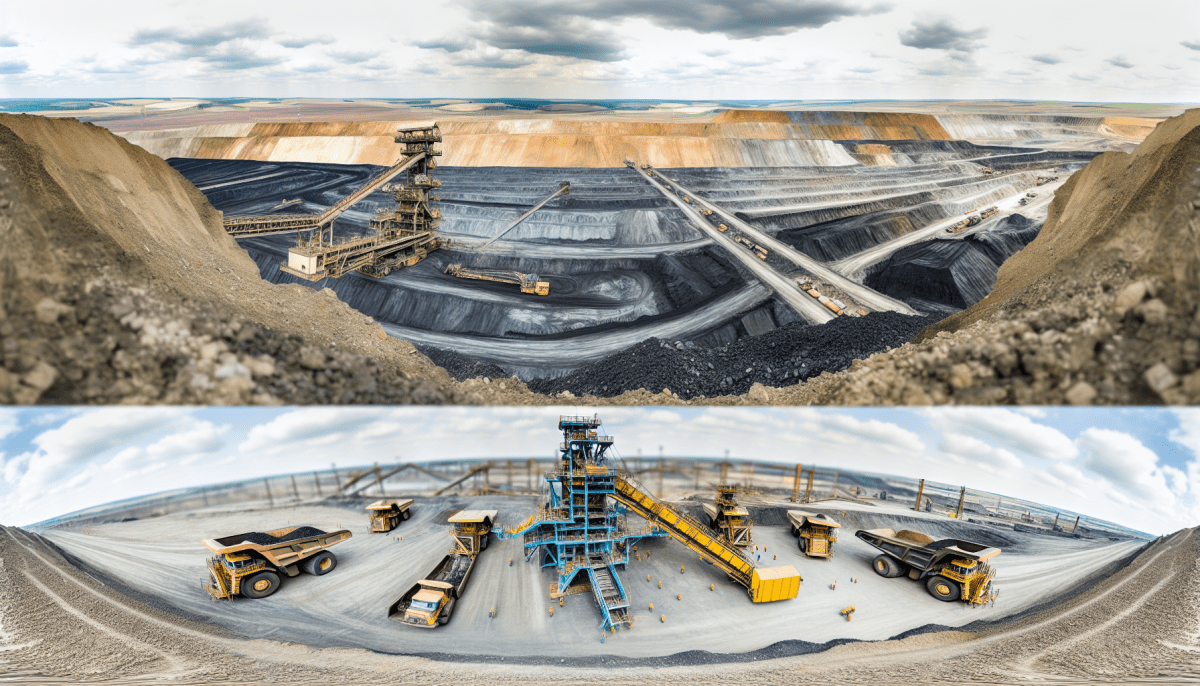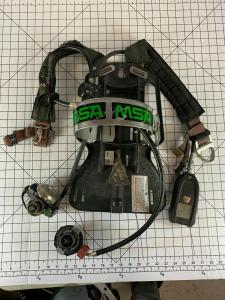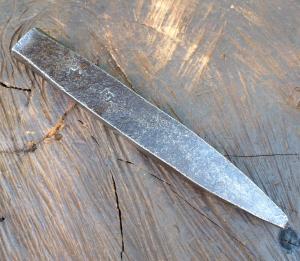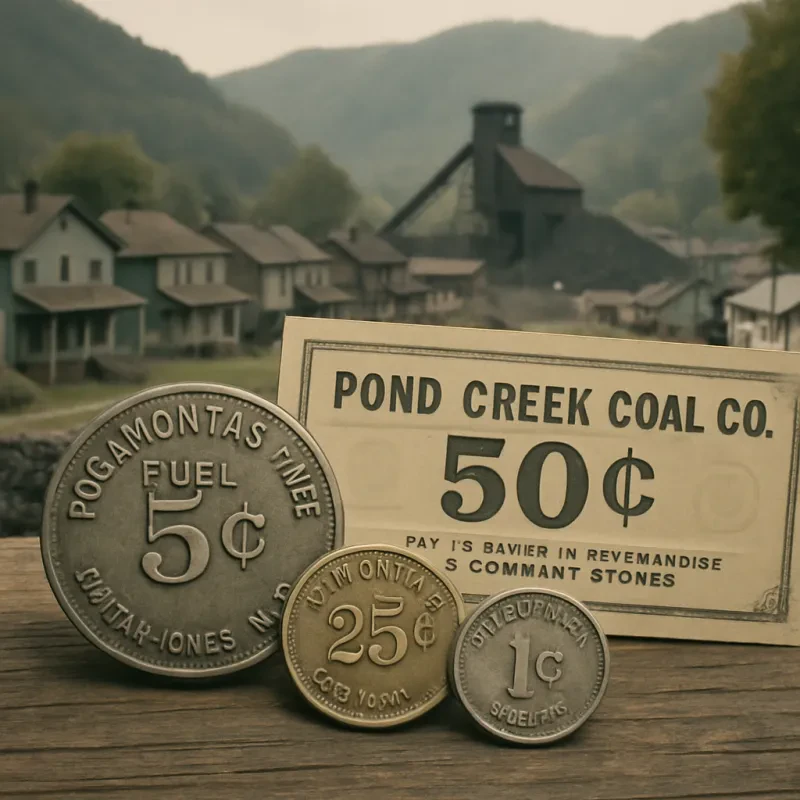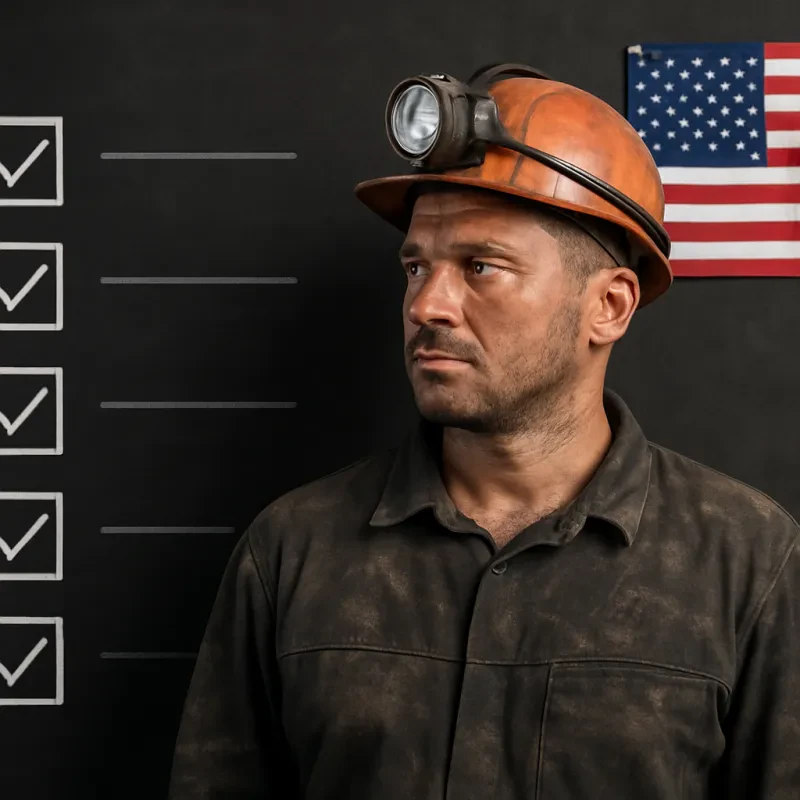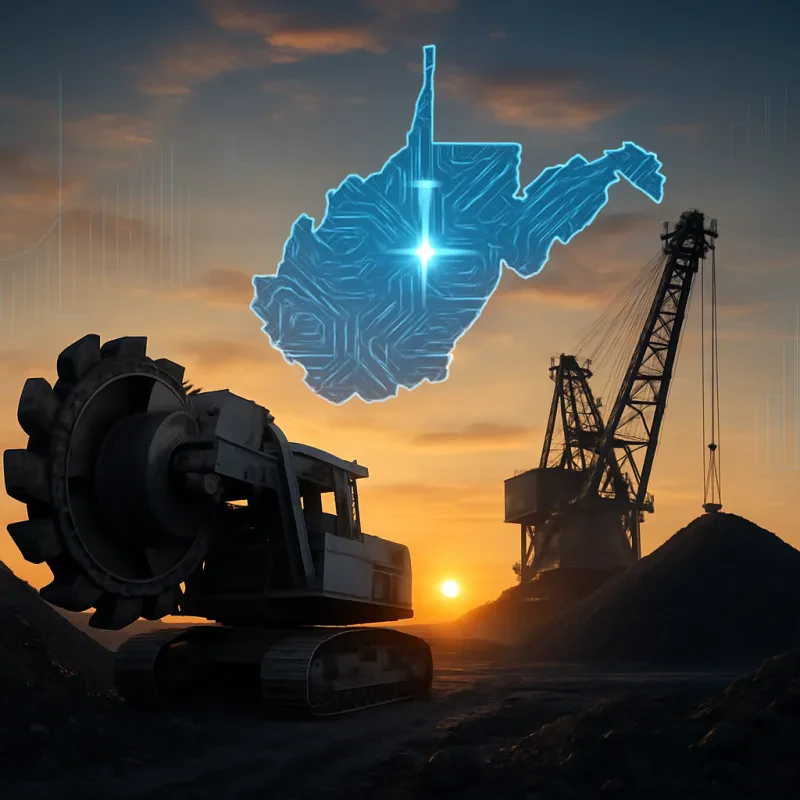When you hear the term "coal mining," you might picture large machines digging deep into the earth. But what is coal mining really about? At its core, it's the process of extracting coal, a valuable fossil fuel that has powered homes and industries for centuries.
Coal mining typically happens in two main ways: surface mining and underground mining. Surface mining is used when coal is found close to the earth's surface. This method involves removing layers of soil and rock, making it easier to access the coal. On the other hand, underground mining digs tunnels or shafts to reach coal that’s deeper underground. Each method comes with its own set of techniques and tools, depending on the location and type of coal being mined.
Safety is a top priority in coal mining. Miners wear protective gear and use equipment designed to keep them safe while working in challenging conditions underground. Innovations in technology have also improved safety measures and made the mining process more efficient over time.
Understanding what is coal mining also involves recognizing its impact, both environmentally and economically. While coal has played a significant role in energy production, concerns about pollution and sustainable alternatives are growing. Many are now exploring cleaner energy sources but coal still remains a critical component of energy in many parts of the world.
How Coal Mining Has Evolved
Coal mining has come a long way from its early days. Initially, it involved manual labor, where miners used simple tools to dig deep into the earth. They’d often work in tough conditions, facing risks that many today can hardly imagine. As technology progressed, these methods became more efficient, allowing for larger quantities of coal to be extracted in a shorter time.
Today, when we ask, "what is coal mining?" the answer includes advanced machinery and techniques. Large machines, like continuous miners and longwall machines, can extract coal from seams hidden deep below the surface. This has not only increased safety for miners but has also enhanced productivity, making coal more accessible than ever before.
Alongside the evolution in methods, environmental concerns have pushed the industry to adapt. Modern coal mining practices are increasingly focused on sustainability. Companies now prioritize reducing their carbon footprint and limiting land disruption. Techniques such as reclamation, where land is restored after mining, are becoming standard to help protect the environment.
In recent years, the industry has also seen significant changes due to the rise of renewable energy sources. As more people seek cleaner energy options, coal mining faces new challenges. Many companies are now exploring innovations and diversifying their operations to remain relevant in this changing landscape, ensuring that they can still answer "what is coal mining" with an eye toward the future.
The Tools Used in Coal Mining
When we dive into what is coal mining, it's important to talk about the tools that make this work happen. Coal mining has come a long way from the days of pickaxes and shovels. Today, miners use advanced machinery that helps them get the job done more efficiently and safely.
One of the main tools is the continuous miner. This machine is pretty impressive—it can cut and gather coal in one go. It works by using sharp blades to slice through the coal seams, while a conveyor belt collects the mined coal, making for quick and effective work.
Another essential tool is the roof bolter. This machine is vital for safety. It’s used to install bolts into the mine roof, which helps support the structure and prevents collapses. Miners rely on this tool to keep their working environment safe while they extract coal.
Then there’s the drill rig, which is used to create holes for explosives when blasting is necessary. This allows miners to break apart larger chunks of coal. Using drill rigs is a standard part of the mining process when dealing with harder seams and more complex geology.
Lastly, we can’t forget about the shuttle car. This vehicle transports coal from the mining area to the main haulage area. Shuttle cars play a crucial role in keeping everything running smoothly, ensuring that once the coal is mined, it gets to where it needs to go without delay.
Impact of Coal Mining on Communities
When we talk about what is coal mining, it’s important to look at how it affects the communities around it. Coal mining can bring jobs and boost local economies, giving people a means to support their families. However, it’s not all positive. There are several impacts that communities need to consider.
One of the biggest concerns is the environmental impact. Coal mining can lead to problems like deforestation and pollution of water sources. This can affect local wildlife and the quality of life for residents. Imagine living in a place where the air is thick with dust, or the river is too polluted to swim in. These factors can lead to health issues for the people who live nearby.
Additionally, coal mining can create social challenges. While jobs are created, the work is often tough and sometimes dangerous. Communities can become divided over mining projects, with some residents supporting them for the economic benefits, while others oppose them for environmental and health reasons. This can lead to tension and conflict within a town.
The future of coal mining also raises questions for communities. As renewable energy sources grow, some areas are worried about the sustainability of relying on coal. Transitioning from coal mining means finding new employment opportunities, and that can be a tough road for those who’ve depended on these jobs for generations.
